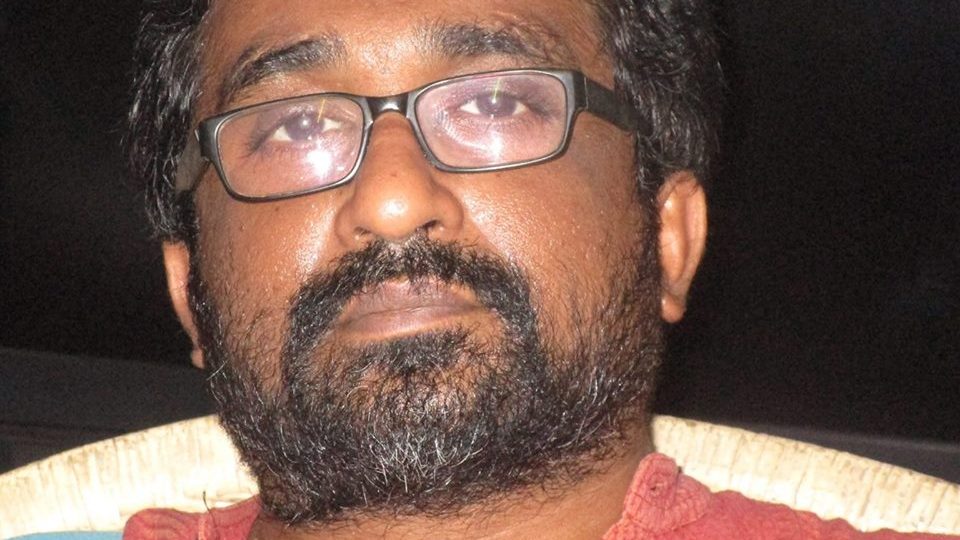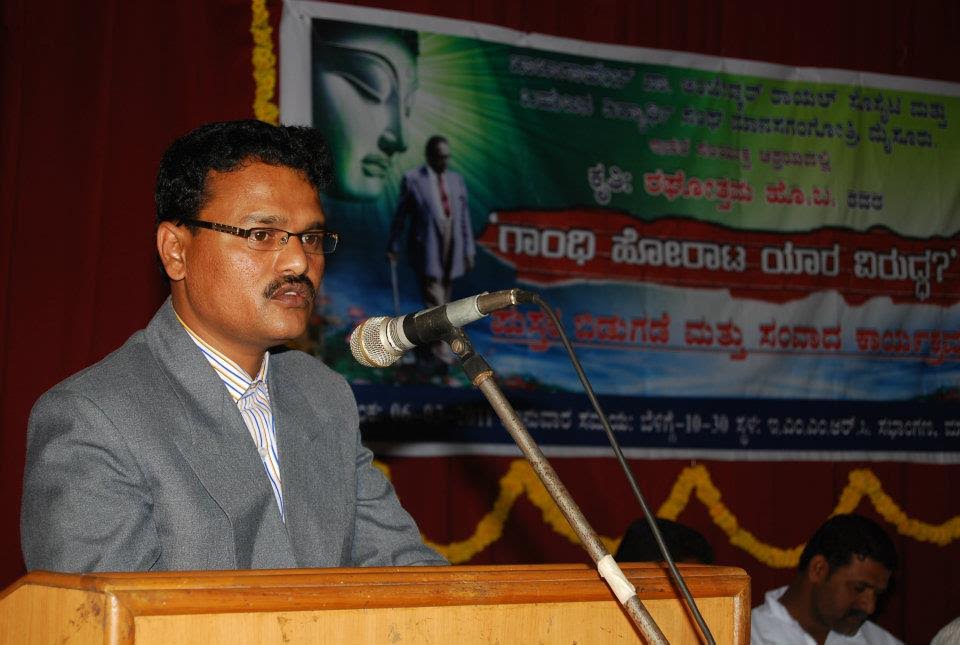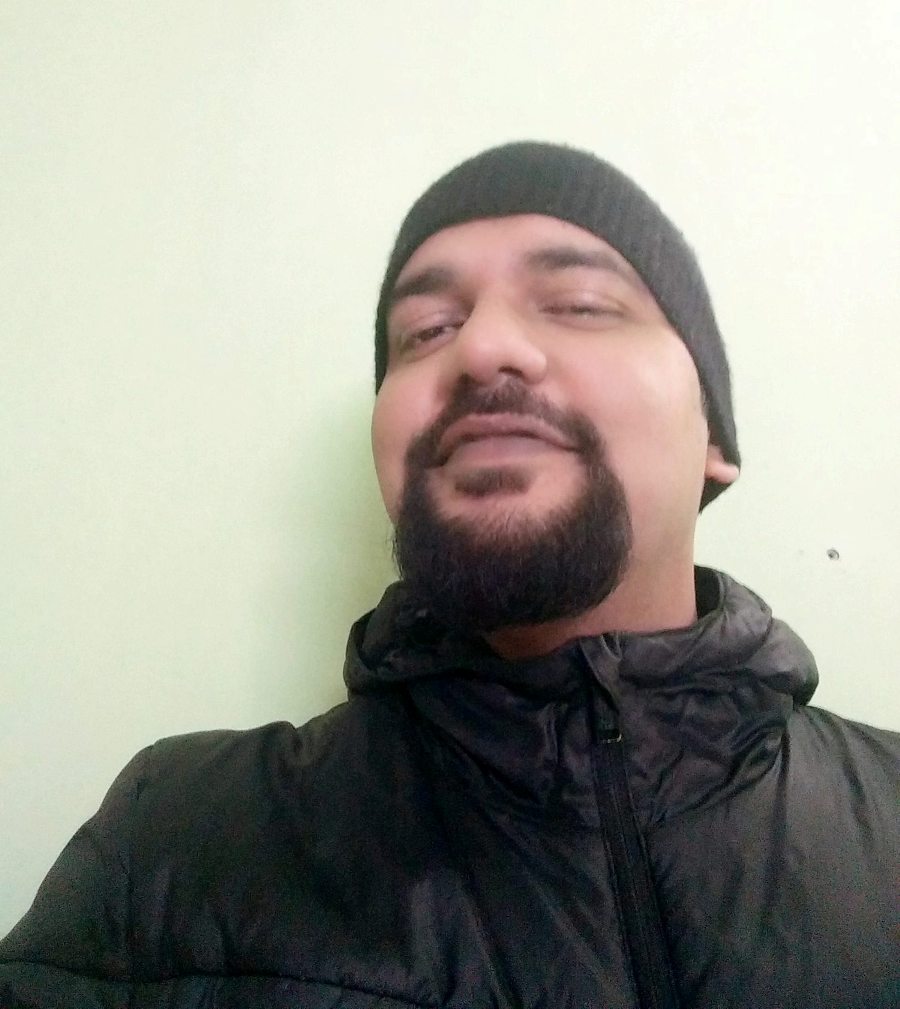Bobby Kunhu
 The police have unilaterally decided to dilute the case against the accused in the Tabrez Ansari lynching case from murder to culpable homicide not amounting to murder, thereby reducing the gravity and culpability of the offence. According to Karthik. S, the Superintendent of Police, Saraikela, Jharkand, this was ostensibly done because the autopsy report reaffirmed by senior doctors has recorded the cause of death as cardiac arrest!
The police have unilaterally decided to dilute the case against the accused in the Tabrez Ansari lynching case from murder to culpable homicide not amounting to murder, thereby reducing the gravity and culpability of the offence. According to Karthik. S, the Superintendent of Police, Saraikela, Jharkand, this was ostensibly done because the autopsy report reaffirmed by senior doctors has recorded the cause of death as cardiac arrest!
You don’t need to be a medical genius, much lesser an autopsy doctor to know that finality of death is when the heart stops beating and the cardiac routine is arrested in every case of death. That is why there exists an ethical dilemma about organ donation when a person is brain dead because till the heart stops beating there is the remotest possibility or hope that a person might be revived. So, of course, Tabrez Ansari died of cardiac arrest and I don’t see any problem with that.
What Karthik. S mischievously and perhaps deliberately omits to mention is the reasons recorded in the autopsy that led to the cardiac arrest. If the charges were to be diluted, on the basis of the publicly announced reason of cardiac arrest, one wonders why the reasons for the cardiac arrest weren’t mentioned with the same authority. Simple, Ansari was only 26 years old with no history of congenital heart disease – and the actual reasons might actually be damning for both the accused and more importantly to the cops who didn’t rush him to the hospital. It also leaves wondering whether Ansari was subjected to further torture in custody. The reasons if revealed might lead to having to include cops as accused in the murder. What this officer is trying to shove down our throat is a devious logic. Let me explain using an example. Let us say X plans meticulously and shoots Y. Y is rushed to the hospital and operated upon and the bullet is removed. Four days later Y’s heart stops or in other words, dies – Jharkhand police are trying to say that this shouldn’t be murder, but only culpable homicide not amounting to murder. So in essence, what the Jharkhand police is seeking to hide ineffectively by diluting the charges is that the beating, followed by a lack of medical attention was the reason for the cardiac arrest.
What we need to understand and has not been part of the popular discourse or even the outrage against the lynching is that Tabrez Ansari was noticed only because the video of the lynching went viral. Otherwise, given his social location and the complicity of the police in his death, in all likelihood, the case would have been buried. His relatives wouldn’t have been heard – and if they had tried to make too much noise, they would have been bullied into silence. So, Tabrez’s case having even reached the stage of the accused being charged at all with any offence has to do with the existence of the video and the video having gone viral.
While there can be no doubt that lynching has been institutionalized with the onset of the present dispensation, it has always existed and almost always when the location of the person who got beaten up is from a lower caste, the story was violently muted or buried – except in rare instances like Khairlanji, Kilvenmeni, Karamchedu or so many other incidents where the violence went too out of hand and attention couldn’t be avoided. Even then, justice has always been a far cry. Collective violence against people from lower caste locations has always been normalized in South Asia and is almost never taken seriously. A case to the point is an ongoing incident where an Arundhatiyar youth was beaten up by some Gounders including a policeman in Tiruppur district and the police not only have refused to entertain his complaint but are threatening him of dire consequences if he persists with trying to prosecute his tormentors. The efforts by some of us to get attention from mainstream media to this incident has met mostly with the response that this is a common occurrence in the region.
So, we have to admit that not only Tabrez but the recent spate of lynchings and mob violence since 2014 have found attention, because of the impunity with which they have been enacted as a public spectacle. This has not only brought what was seen as a private affair of inter-caste/community interactions into full public glare, but it has also exposed the fact that caste privileges are taken for granted without ever having been seriously questioned. Nothing else can explain the impunity. The impunity where every public flogging or lynching is captured on video and shared on social media and the people who are behind such actions being feted and celebrated by members of the Union cabinet itself. The message that is sent across is clear that this can be done to you in full public glare as a celebration. So, in Tabrez’ case, I am left wondering why the charges were not further diluted to grievous hurt.
In his classic, “Nationalism without a Nation”, Prof. Aloysius asserts; “India seems to have become, instead of a nation-state, one powerful state system comprised multiple warring communities.”. If we take a serious look at this thesis on the ground what we see are multiple communities with conflicting social interests and many of them are kept in “control” by a socially induced fear as against politically induced fear. Tabrez is a classic case of politics increasingly endorsing violent social control!
At multiple levels, these invisiblised people have been under siege for an eternity – unable to resist the overt and subtle violence against them, forget protest – their communications totally cut off from the outside world – forming small islands that the metaphor of modern Kashmir might capture. The biggest and saddest difference is that Kashmiris are in it together – they have at least solace in being in the same geographic regions while these peoples are socially and geographically divided into small islands of silence!
Tabrezes have happened in large numbers even before Narendra Modi’s ascendancy to power – and their skeletons were well buried in caste closets. The difference now is that there is no more need to hide the body, instead one might politically and socially gain if one flaunts Tabrez’ dead body!
~~~
Bobby Kunhu is a lawyer, researcher and writer.










